The top to toe survey is only carried out if the casualty is breathing. They do not necessarily have to be conscious but they must be breathing.
Once you have established they are breathing you may begin the secondary survey, or top to toe as some refer to it. This survey is carried out in whatever position the casualty is in at the time and should if possible be carried out before the casualty is moved (breathing always takes priority)
Most importantly you must be wearing gloves before carrying out this survey as you maybe putting your hands in places where there maybe bodily fluids.
The Head
Gently feel around the head for any soft spots. If you were to feel a soft spot then you should stop immediately and then call for medical help. If the head feels OK then look in to the casualty’s ears and nose for cerebral fluid (brain juice). This fluid is a straw colour with red flecks in. Again if this is found, stop and call the Emergency Services. You can then check the casualty’s eyes to see if they are bloodshot or if the pupils do not react simultaneously. Again if either of these are present you should contact the Emergency Services. At this point you should feel gently around the cheeks and the lower skull area for any signs of weakness as again this could be the sign of a skull fracture. You should look at the casualty’s lips for discoloration. This is known as cyanosis.
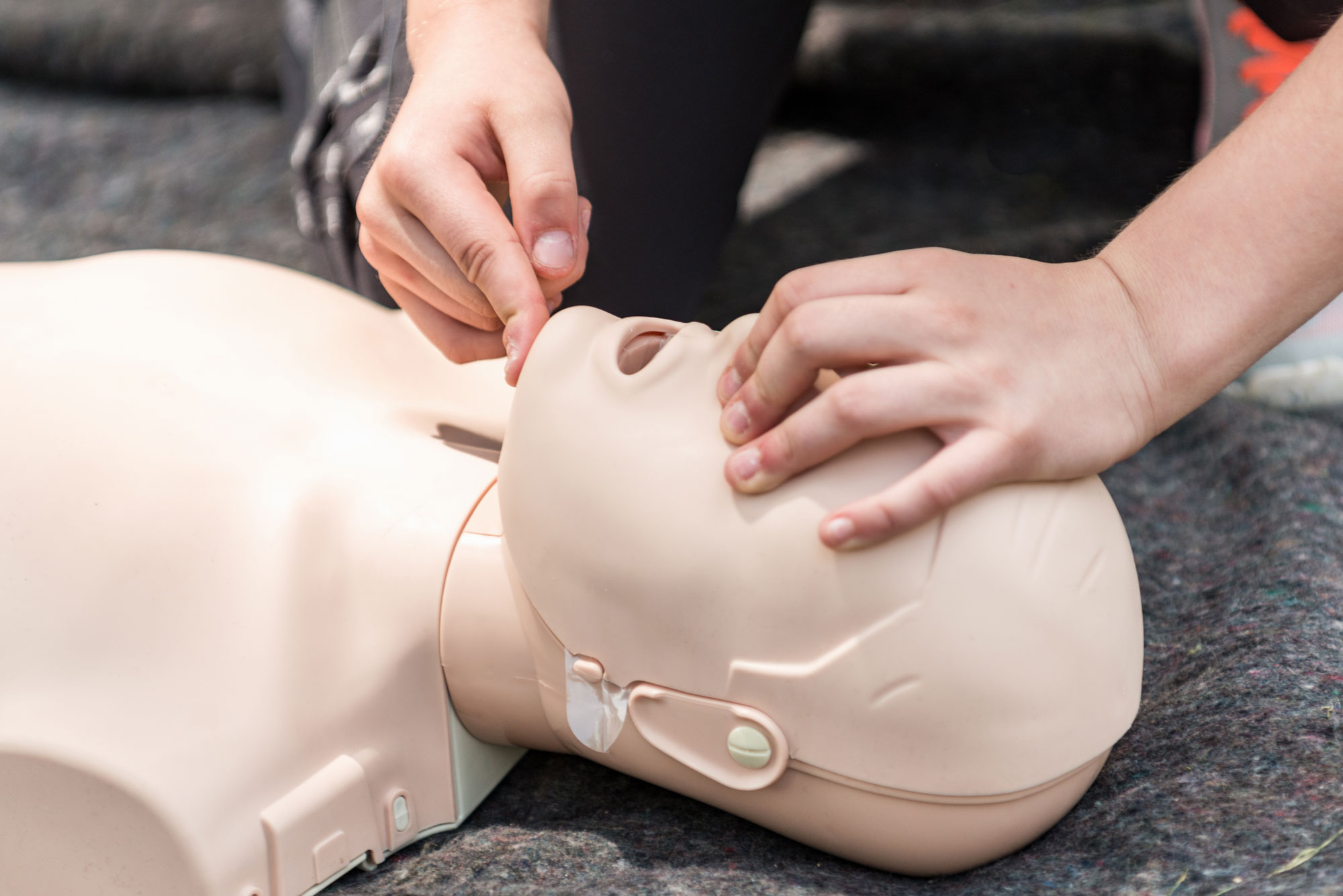
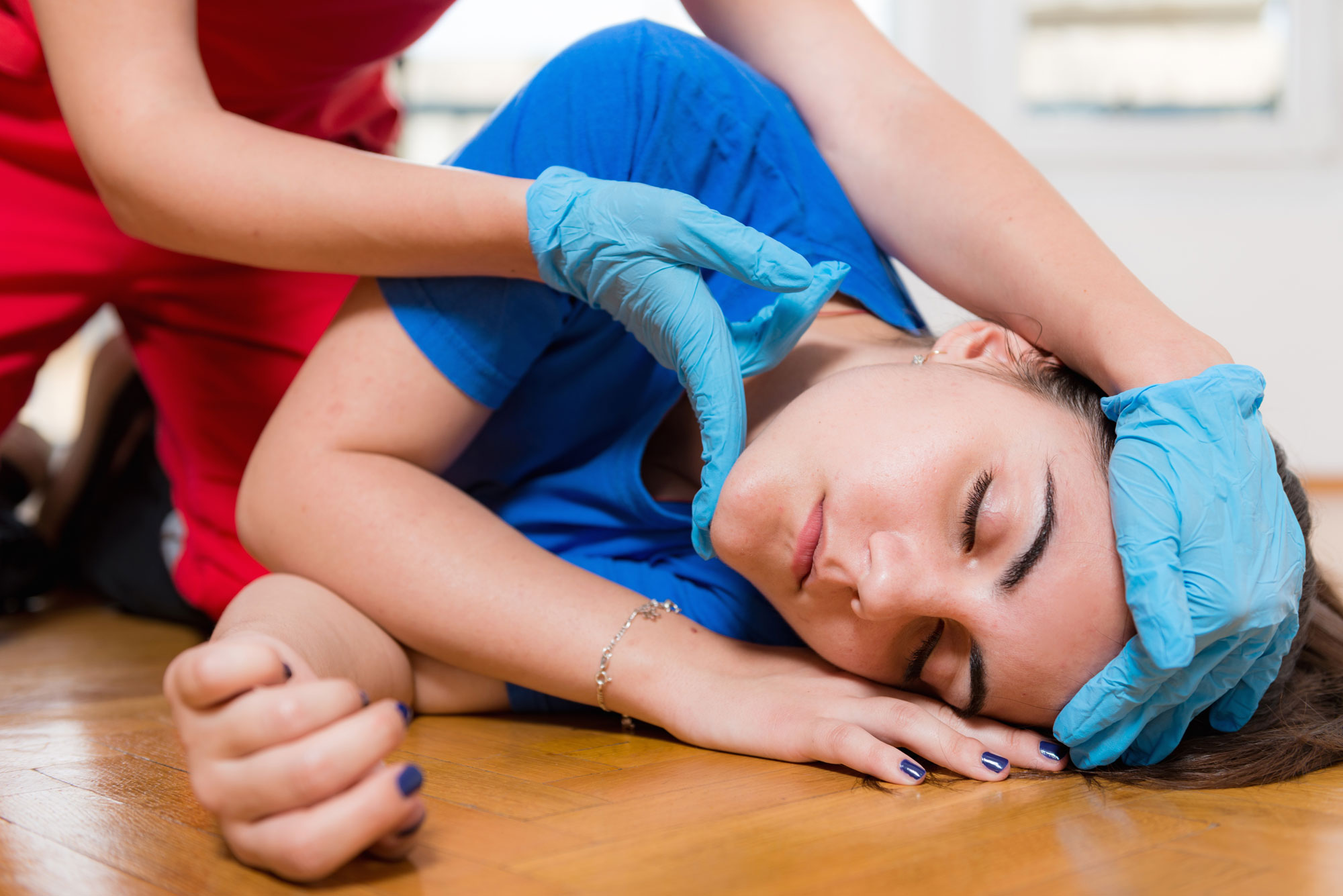
The Neck and Shoulders
If you feel down your own neck you will feel a lump where the neck meets the top of the spine. This lump is perfectly normal, however should you gently feel down the neck and you were to feel abnormalities in this area, you should stop and seek medical help. Remember this survey is to be carried out in whatever position the casualty is found in. So if they are lying on their back then it may be difficult or impossible to check this area without moving them. If this is the case do not check it. You should then carefully feel across the collar bones to see if you can feel any abnormalities. If you can, make either a mental note of the side and what you felt, or ask a helper to take notes if possible. This information will be extremely useful when calling the Emergency Services or when they arrive to take over.
The Sternum and Ribs
The sternum and the ribs need to be checked to ensure that they are not broken. You check the sternum by flattening the hand out straight. You then gently feel down the sternum to ensure that it is still in one piece. The sternum should feel like a solid bone. Once you have done this you can then gently feel down the ribs. Remember do not squeeze the ribs. If you feel any damage then call 999 or 112.

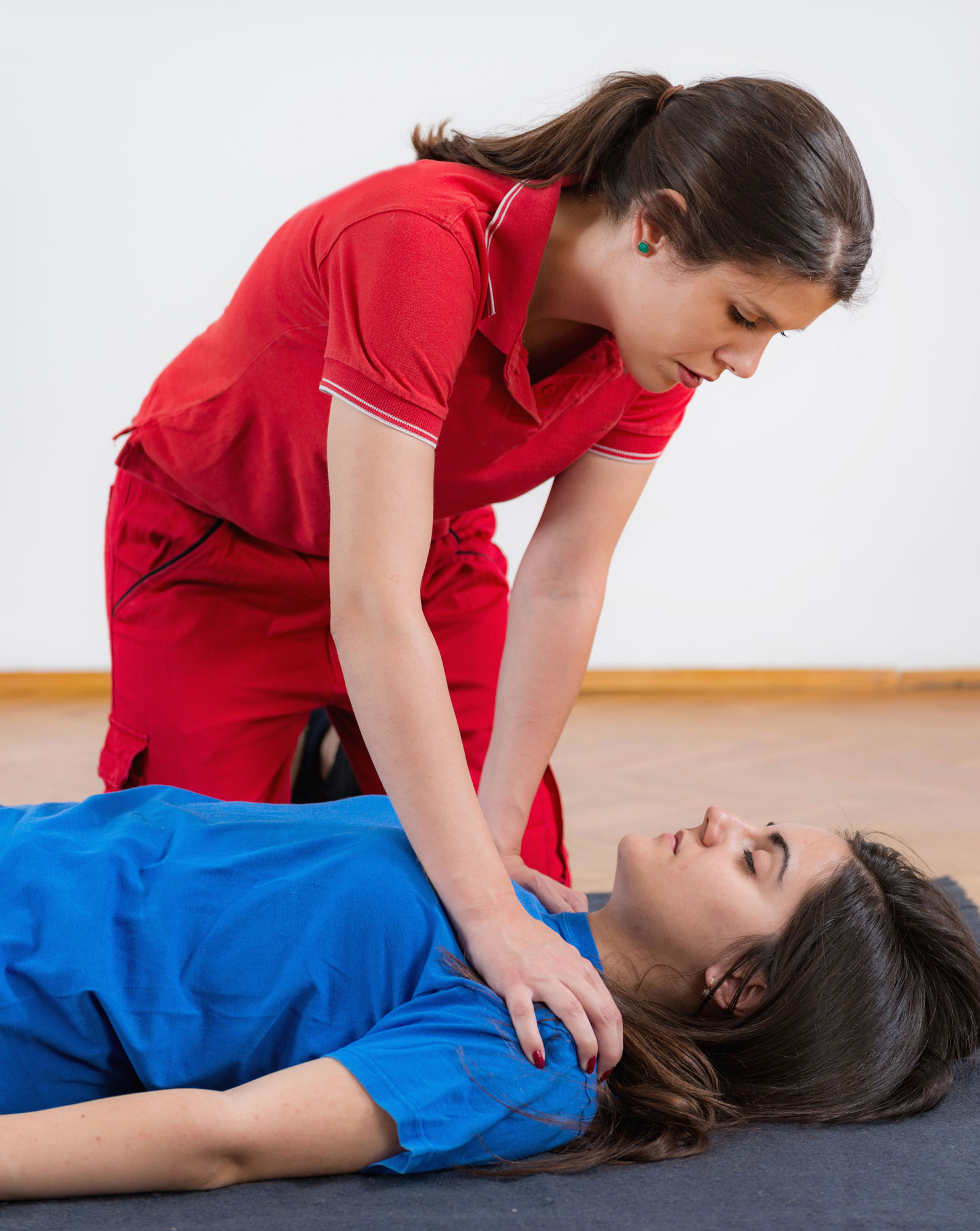
Stomach
All stomachs have squidginess to them, even the ones with a six pack. Should the stomach feel solid or the casualty be in any pain, then we would advise an ambulance is called
Legs/Ankles/Feet
The legs should now be checked to make sure there are no breaks or other damage. You can do this by firstly looking at both legs to ensure that they are the same length. If one leg is smaller than the other it could indicate that the bone in the top of the leg has been broken. This means that the casualty could have an internal bleed. This will require immediate medical care. Check down the leg to look for any abnormalities or signs of blood loss. Look at the way the legs/feet and ankles are positioned and if any seem to be at an unnatural angle then you should seek medical attention.
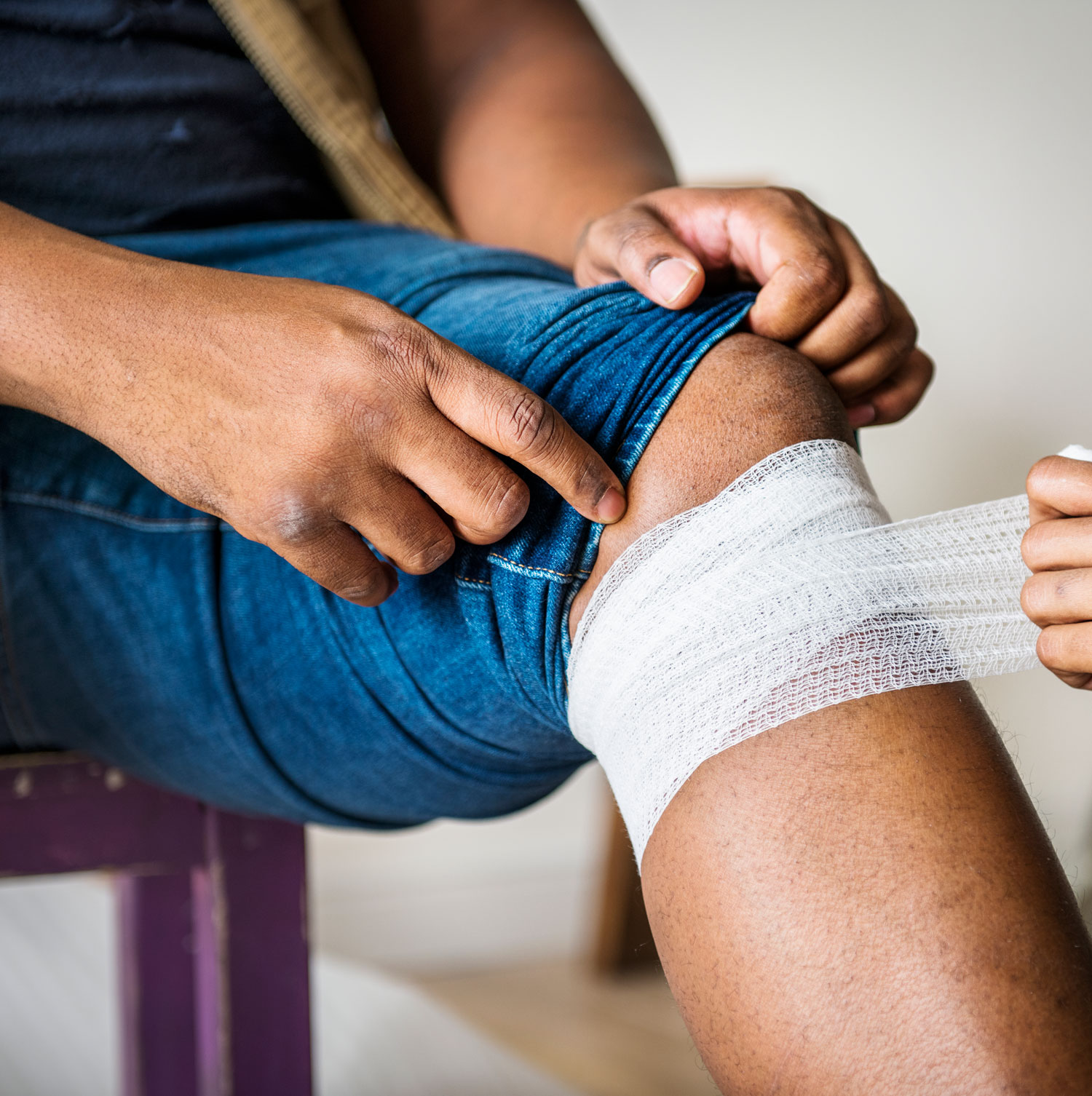
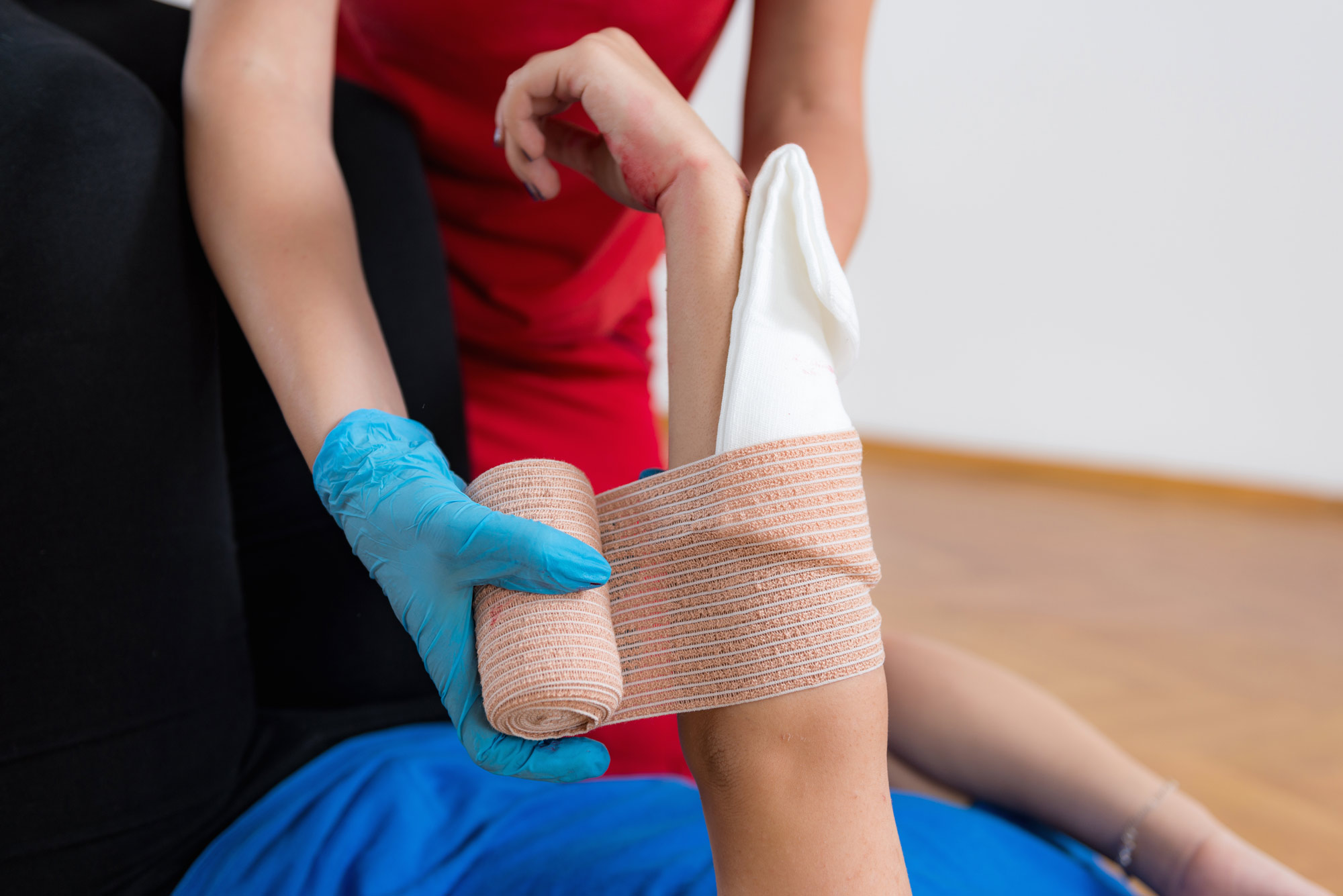
Arms
Just gently feel down the arms and hands looking for any abnormalities.
Back and Spine
If it is possible to check the back and the spine, feel down the spine area for any abnormalities. Do not press or poke the spine, just gently touch it. Also check the clothes for any staining that could be blood.
Remember any head, neck or chest injury should be treated as a spinal injury.
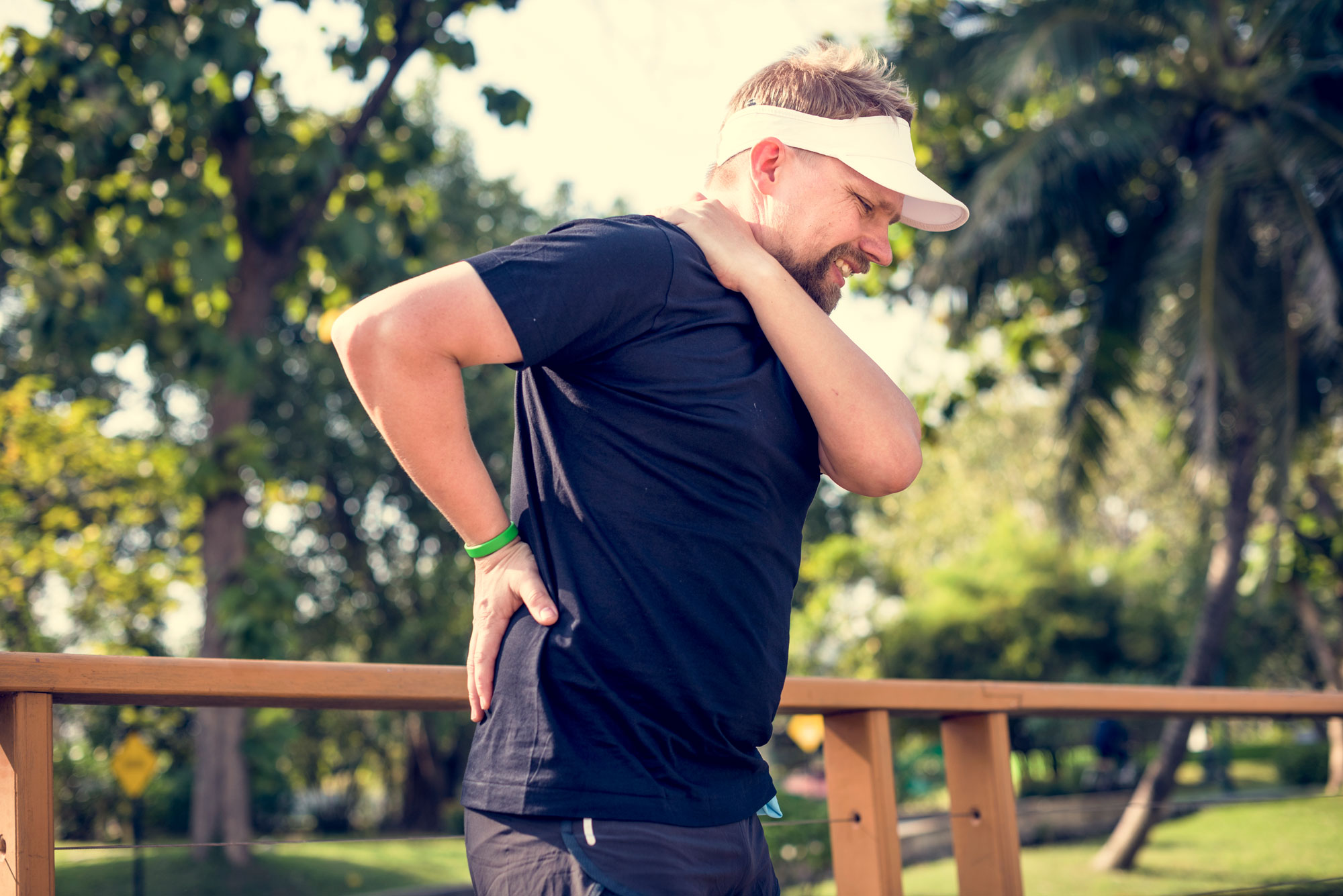
Summary
It is important to note that you need to attend a course in order to carry out a top to toe survey. Remember that even when you have been trained, you are not a paramedic or a doctor. This is a quick look over the casualty, and should take no longer than 1 to 2 minutes. When checking around the neck, try to loosen any obstructive clothing around the airway. When checking the arms, ankles and neck, try to look for any jewellery that could be an SOS warning device of any medical conditions. Never move the casualty unless the airway is compromised or they are in immediate danger.
Next month we will look at ways in which to move the casualty into the recovery position.


